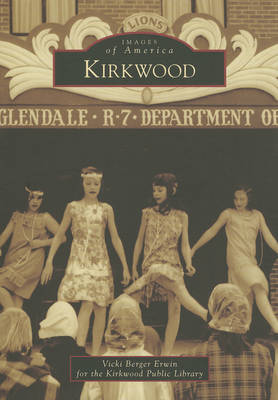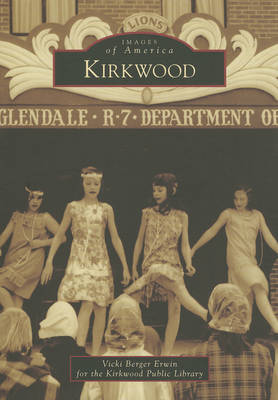
Je cadeautjes zeker op tijd in huis hebben voor de feestdagen? Kom langs in onze winkels en vind het perfecte geschenk!
- Afhalen na 1 uur in een winkel met voorraad
- Gratis thuislevering in België vanaf € 30
- Ruim aanbod met 7 miljoen producten
Je cadeautjes zeker op tijd in huis hebben voor de feestdagen? Kom langs in onze winkels en vind het perfecte geschenk!
- Afhalen na 1 uur in een winkel met voorraad
- Gratis thuislevering in België vanaf € 30
- Ruim aanbod met 7 miljoen producten
Zoeken
€ 34,95
+ 69 punten
Uitvoering
Omschrijving
In St. Louis in the 1850s, citizens were tiring of the crowded and unhealthy conditions of urban living, but there were few convenient alternatives for those who worked in the city. When the Pacific Railroad decided to build a line through an outlying area then known as Collins Station, Hiram Leffingwell and Richard Elliott seized an opportunity and bought the surrounding land. Using Leffingwell's experience in planning additions to the city, he and Elliott developed the first planned suburban community west of the Mississippi River. The area was named Kirkwood after the chief engineer for the Pacific Railroad, James Kirkwood, who chose the railroad's route. Kirkwood officially incorporated in 1865. Today, it is still referred to as the Queen of the Suburbs for its housing stock, convenient transportation, shopping, and excellent schools.
Specificaties
Betrokkenen
- Auteur(s):
- Uitgeverij:
Inhoud
- Aantal bladzijden:
- 128
- Taal:
- Engels
- Reeks:
Eigenschappen
- Productcode (EAN):
- 9781467110044
- Verschijningsdatum:
- 15/07/2013
- Uitvoering:
- Paperback
- Formaat:
- Trade paperback (VS)
- Afmetingen:
- 165 mm x 231 mm
- Gewicht:
- 299 g

Alleen bij Standaard Boekhandel
+ 69 punten op je klantenkaart van Standaard Boekhandel
Beoordelingen
We publiceren alleen reviews die voldoen aan de voorwaarden voor reviews. Bekijk onze voorwaarden voor reviews.









